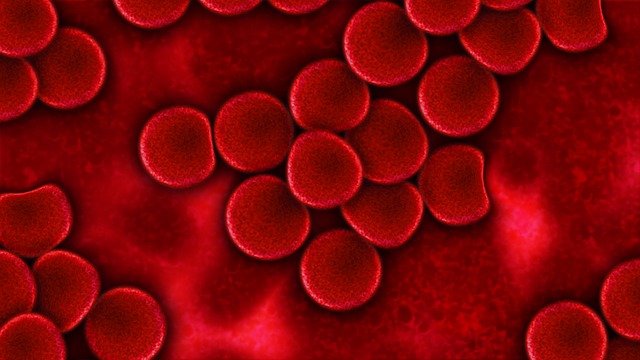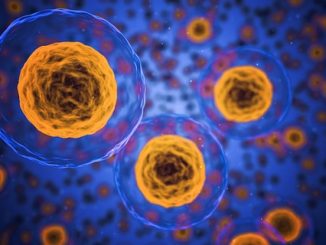
As people age, so does their blood. The question is: what exactly is in the blood of older people that makes it age? And in the same light, what is in the blood of younger people that can help rejuvenate old blood?
The idea of using young blood to rejuvenate old blood was not an automatic conclusion, of course. While it does seem logical, it remained a theory until tests that involved conjoining (i.e. stitching together) of old and young mice for the purpose of swapping blood revealed that the concept did have merit. With shared blood, the health of younger mice deteriorated while the health of older mice improved.
Another kind of experiment done was non-invasive blood swapping using tubes. The results were similar, though different explanations emerged for the change in health conditions of both old and young mice. When conjoined, the mice shared more than just blood; their organs got affected too. In non-invasive blood swapping, the old blood got diluted.
While these experiments were done on mice, there’s a chance they might work in people as well. However, this involves blood donation from young people, which might mean the supply will be limited when it comes to fulfill demand.
As an alternative, a research team at Germany’s University of Ulm led by Hartmut Geiger turned to stem cells, specifically, what are being referred to as ‘mother stem cells’ — those stem cells in the bone marrow that produce red and white blood cells, and whose number become fewer and fewer as a person ages. With fewer of these cell-generating cells, older people become more susceptible to conditions like anemia and heart disease. They become less capable of fighting infection as well.
By examining mice bone marrow, Geiger’s team discovered that older mice have considerably lower levels of a protein known as osteopontin. To check the effect of this protein on blood stem cells, they injected stem cells into mice that had low levels of osteopontin. What happened was, the cells aged much quicker.
However, when they mixed older stem cells with osteopontin and a protein that activates osteopontin, the old stem cells started producing white blood cells as if they were young stem cells. This suggests that osteopontin might indeed have a hand in rejuvenating old stem cells and making them behave as if they were young again.
While majority of blood rejuvenation efforts focus on the liquid part of blood (or plasma), Geiger believes blood cells might also play a vital role since cells can move better in the body’s tissues.
Following the initial results of their experiments, the team is now working on developing a drug that contains osteopontin and its corresponding protein activator. The hope is that this drug can promote youthful behavior in blood stem cells and boost the number of ‘mother stem cells’. Ultimately, this can help in the treatment of age-related blood disorders, and possibly boost the immune system of the elderly too so they don’t get sick as easily.
Details of the study have been reported in ‘The EMBO Journal’.
- Bulenox: Get 45% to 91% OFF ... Use Discount Code: UNO
- Risk Our Money Not Yours | Get 50% to 90% OFF ... Use Discount Code: MMBVBKSM
Disclaimer: This page contains affiliate links. If you choose to make a purchase after clicking a link, we may receive a commission at no additional cost to you. Thank you for your support!




narrowly educated dolts don’t see how suicidal this is?
grandparents & parents would never get out of the way of their offspring
(unless we establish retirement communities on some planet circling Alpha Centauri)
programmed lifespans are just one aspect of the pace of sexual recombination, and human evolution
if we don’t get old & die, we’ll only strangle the Adaptive Rate of our own species